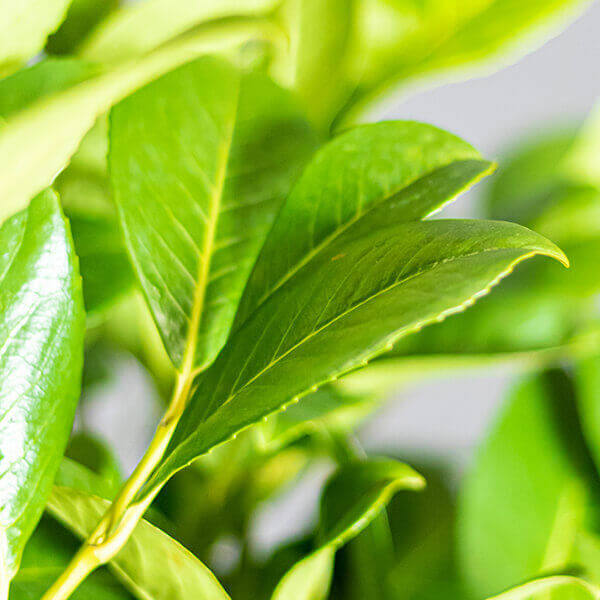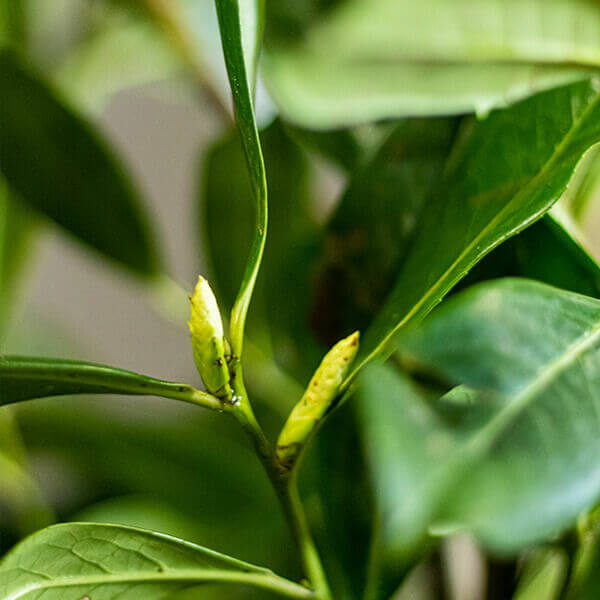Hedging Plants For Wildlife Friendly Gardens
Hedging Plants For Wildlife Friendly Gardens
Blog Article
Hedge Plants For Creating Hedges
Improve your garden's appeal with lavish hedge ranges such as Yew (Taxus), Thuja, Laurel, Photinia, and Bamboo, celebrated for their structural stability and environmental advantages.
Yew and Thuja provide evergreen coverage and winter season durability, while Laurel offers fast development and broad, aromatic leaves.
Photinia adds seasonal appeal with its dynamic red foliage, and Bamboo provides a low-maintenance, peaceful ambiance.
These hedges improve air quality, reduce noise, and produce tranquil, personal spaces.
Proper planting, spacing, and maintenance make sure vigorous development and environmental consistency.
Check out how these lavish varieties can elevate your garden's beauty and wellness.
Key Takeaways
Change Your Garden With Lush Hedge Ranges
- Select Yew for its thick, evergreen growth and unequaled longevity.
- Select Laurel for its fast development and broad leaves, ensuring quick personal privacy.
- Select Photinia for its vibrant seasonal foliage, which turns a striking dark red.
- Make use of Bamboo for a low-maintenance, winter-hardy hedge with aesthetic appeal.
- Area plants 2-3 per meter and prune frequently for ideal development and health.
Popular Hedge Plants
When changing a garden with lavish hedge ranges, it's vital to consider popular hedge plants such as Yew, Thuja, Laurel, and Photinia due to their distinct characteristics and benefits.
Yew (Taxus) is highly esteemed for its durability and thick, green development, making it a prime option for withstanding landscapes.
Thuja is kept in mind for its evergreen foliage and robust winter season durability.
Photinia adds seasonal vibrancy with red leaves that darken over time, producing vibrant visual appeal.
Laurel uses rapid growth and fragrant, broad leaves, suitable for fast personal privacy.
In Addition, Bamboo is an excellent choice for atmosphere, using a low-maintenance, winter-hardy choice that improves the garden's visual with its sophisticated, swaying walking sticks.
These selections deal with a range of horticultural requirements and choices.
Benefits of Garden Hedges
Garden hedges offer a multitude of advantages, making them an important addition to any landscape. These natural barriers are economical to implement and supply considerable wind protection, enhancing air blood circulation and contributing to sound reduction. The dense foliage of hedges like Thuja and Beech guarantees privacy by blocking exposure, creating a secluded and peaceful environment.
Hedges also play an important role in microclimate guideline, offering a stable environment that promotes plant development and reduces temperature level fluctuations. Their detailed leaf structures filter pollutants, enhancing air quality and contributing to a healthier garden environment.
Moreover, hedges master sound reduction, taking in and deflecting acoustic waves to lower ambient noise levels. This double performance of providing both acoustic and visual privacy enhances the general harmony and aesthetic appeal of any garden.
Planting and Upkeep Tips
For a successful hedge, precise preparation of the planting location is vital. Ensure the soil has proper pH and drainage to support strong root advancement.
Area the plants appropriately for the selected species. Water the hedge often throughout its preliminary development stage, changing as required with seasonal changes.
Implement a methodical insect control and illness prevention technique, using natural or chemical treatments when necessary. Frequently check for aphids, termites, and fungal infections.
Apply mulch to retain wetness and reduce weeds. Seasonal pruning promotes thick development and air blood circulation, essential for plant health.
Following these standards will assist you cultivate a lively, properly maintained hedge that boosts the charm of your garden.
Spacing and Trimming Guidelines
Spacing and Trimming Guidelines
Proper spacing and cutting are important for cultivating healthy, aesthetically appealing hedges. Sufficient spacing ensures each plant gets adequate nutrients, light, and air flow.
Follow these guidelines for optimal hedge maintenance:
- Spacing: Position hedge plants 2-3 plants per meter to motivate robust growth.
- Pruning Techniques: Routine pruning is vital for keeping wanted hedge height and shape. Cut new development in summertime and cut back older wood throughout winter.
- Seasonal Care: Adjust cutting approaches and schedules according to seasonal requirements to make sure plant health.
- Hedge Height: Frequently screen and trim to preserve the desired hedge height and achieve consistent visual appeals.
Sticking to these steps will ensure your hedge thrives, boosting both the appeal and performance of your garden.
Selecting the Right Hedge
Choosing the Right Hedge
Selecting the proper hedge involves evaluating aspects such as mature height, foliage density, and environmental strength. Successful hedge plant selection needs understanding each species' development qualities and site-specific adaptability.
For instance, Yew (Taxus) offers exceptional durability and dense development, while Thuja is noteworthy for its winter durability. Additionally, thinking about maintenance requirements is vital; fast-growing species like Laurel or Privet need regular cutting, whereas low-maintenance choices like Bamboo or Ivy might be more effective for those seeking very little upkeep.
Ecological factors such as soil type, light schedule, and moisture conditions must likewise direct the choice procedure. This mindful approach guarantees the picked hedges will grow, offering both aesthetic and practical benefits to the garden landscape.
Delivery and Planting Advice
To ensure your hedge plants grow, they ought to be provided by specialized couriers and planted without delay upon arrival.
Follow these important actions for effective planting:
- Soil Preparation: Enrich the soil with natural matter to improve drainage and nutrient material.
- Planting Depth: Develop a trench two times the width and equal to the depth of the root ball.
- Watering Methods: Water completely after planting, keeping the soil regularly wet but not saturated.
- Mulching: Apply a layer of mulch to maintain wetness and reduce weeds.
Customer Support and Service
Provided the important function of prompt help in horticultural pursuits, our customer support group is offered six days a week through telephone, email, and social networks to use expert recommendations and quickly resolve any issues. Their devotion to fast action times makes sure consumer fulfillment by resolving queries associated with plant health, optimal planting techniques, and upkeep schedules.

Schedule
----------------------
Within 24 hours
Within 24 hours
This comprehensive support group, strengthened by an excellent 9.3/ 10 consumer ranking, highlights our commitment to enhancing the gardening experience for each client.
Frequently Asked Questions
For How Long Does It Consider Hedge Plants to Establish?
Hedge plants typically require one to three years to become fully established, with the exact duration varying by species and growing conditions.
Effective care during this critical period is necessary for robust growth. Consistent watering, watchful weed control, and appropriate fertilizer application are pivotal in promoting strong root development.
For example, fast-growing species like Laurel may establish more quickly, while slower-growing varieties such as Yew might take longer. Diligent maintenance speeds up the facility procedure, resulting in healthy and dense hedges.
What Are the very best Hedge Plants for Personal Privacy?
The concern of the finest hedge plants for privacy involves assessing evergreen and deciduous choices.
Evergreen hedges like Thuja, Laurel, and Cypress offer year-round coverage, ensuring constant personal privacy.
In contrast, deciduous hedges such as Beech offer seasonal personal privacy, shedding leaves in chillier months.
Key upkeep ideas for privacy hedges include routine trimming, fertilizing in spring, and proper spacing-- normally 2 to 3 plants per meter.
Furthermore, consistent watering and persistent weed removal are vital for promoting healthy, thick growth.
Can Hedge Plants Bring In Wildlife to My Garden?
Yes, hedge plants can draw in wildlife to your garden by supplying vital benefits like shelter, food, and nesting websites, thus boosting local biodiversity. For instance, yew, holly, and laurel are exceptional for attracting birds, while ivy supports a range of insects.
Nevertheless, it is essential to keep in mind that there are some disadvantages, such as increased upkeep to manage bugs and regular upkeep. Thoroughly selecting and keeping hedge varieties can assist balance these drawbacks and advantages, eventually fostering a sustainable and vibrant community in your garden.
Exist Any Flowering Hedge Plants Available?
Yes, there are flowering hedge plants offered that can boost the beauty of your garden.
For instance, Elaeagnus, likewise referred to as Olive Willow, produces aromatic white flowers in the fall, including a touch of elegance.
Photinia, another popular choice, showcases dynamic red leaves that grow into an abundant green, creating a dynamic visual result throughout the seasons.
To ensure these plants prosper, it's necessary to practice proper pruning methods and seasonal upkeep, such as cutting brand-new development in the summer and cutting back in the winter.
These steps will assist keep the health and visual appeal of your blooming hedges.
How Do I Avoid Bugs in My Hedge Plants?
To prevent pests in hedge plants, employ natural bug control methods and maintain more info proper hedge care. Introduce helpful pests like ladybugs, which prey on harmful pests, to develop a well balanced environment.
Frequently check your hedges for indications of problem and promptly eliminate any afflicted parts to avoid the spread. Ensure the health of your hedges by applying well balanced fertilizers and offering sufficient water.
Use mulching to keep soil moisture and proper spacing to reduce plant stress and promote robust development. These practices jointly assist in minimizing bug concerns and preserving a healthy hedge.
Conclusion
In essence, selecting the right hedge varieties such as Yew, Thuja, and Laurel can change any garden into a relaxing haven. These plants provide year-round plant, improve aesthetic appeal, and offer useful benefits like noise decrease and wind defense.
Appropriate planting techniques, precise spacing, constant watering, and seasonal trimming are essential for optimum growth.
Reputable delivery services and skilled client assistance guarantee a seamless experience from purchase to planting, making it easier than ever to elevate your outside space.
Garden hedges use a plethora of benefits, making them an important addition to any landscape. These natural barriers are economical to implement and supply considerable wind protection, boosting air circulation and contributing to sound reduction. The thick foliage of hedges like Thuja and Beech ensures personal privacy by obstructing exposure, developing a peaceful and remote environment.

Pruning Methods: Routine pruning is vital for preserving desired hedge height and shape. Cut brand-new growth in summer season and cut back older wood throughout winter.
Report this page